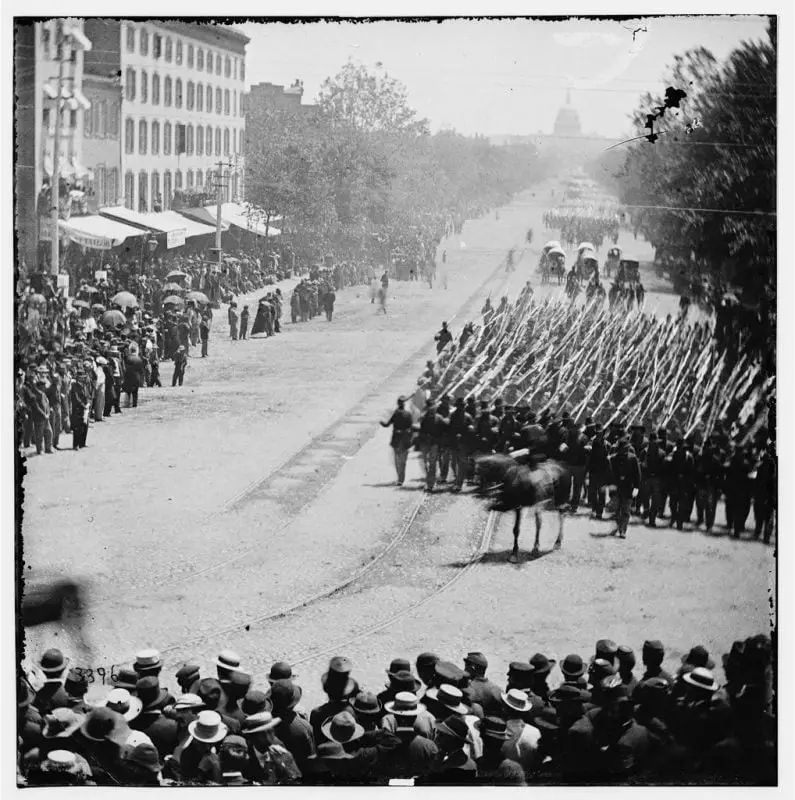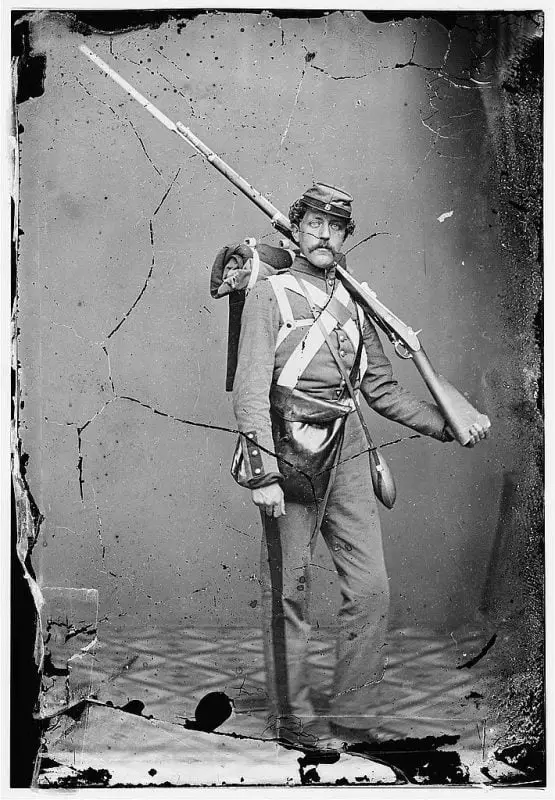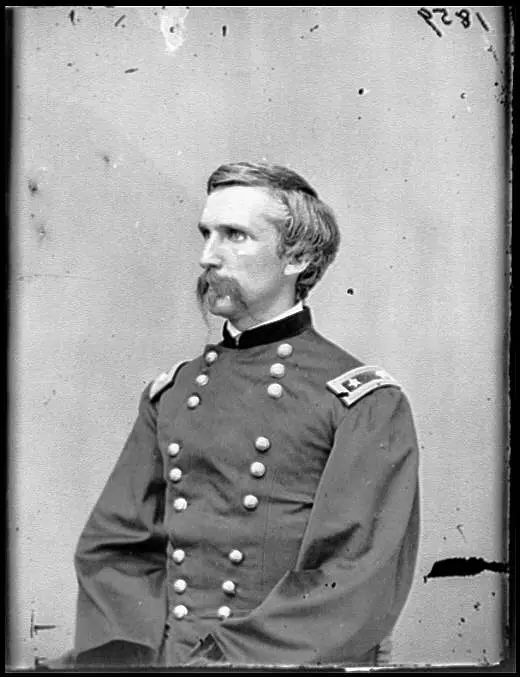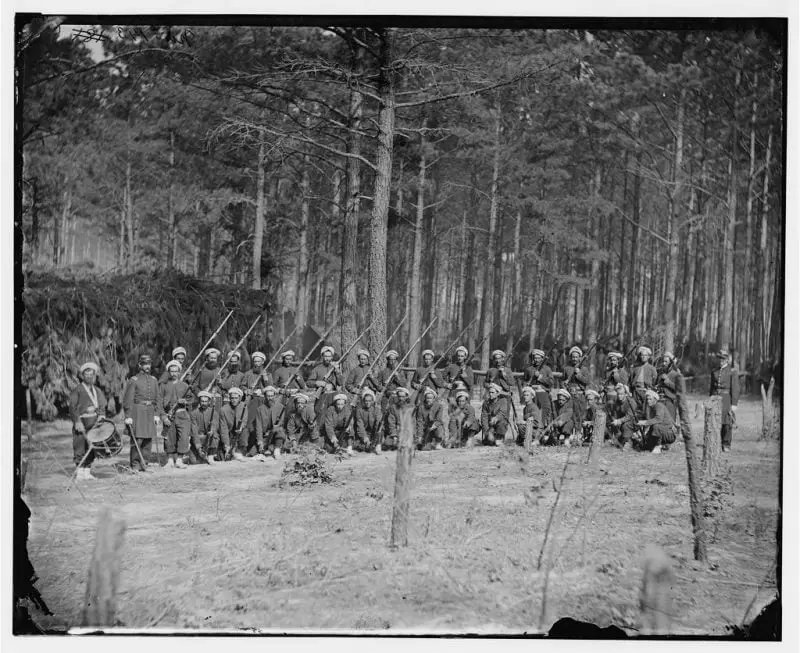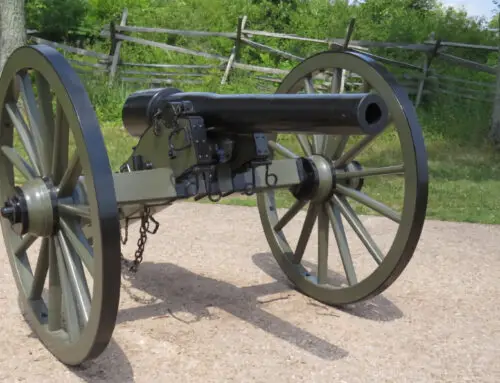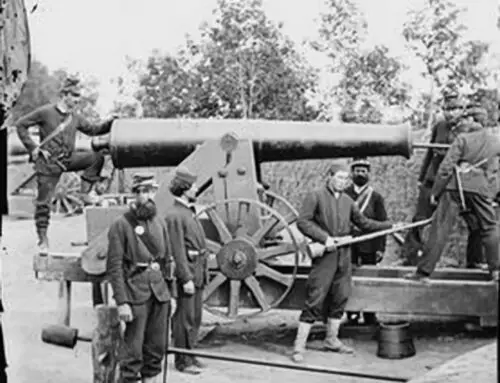The American Civil War (1861–1865) was a pivotal period in United States history, characterized by intense battles and rapid advancements in military technology. Among the weapons that significantly influenced the war was the Civil War bayonet. These blade attachments converted rifles into lethal close-combat weapons, shaping military tactics and the experiences of soldiers on both sides.
The Origins of Bayonets
Bayonets trace their origins to 17th-century Bayonne, France, where the first “plug” bayonets were developed. These early versions plugged directly into musket barrels, rendering the firearm unusable until removed. By the time of the Civil War, bayonet design had evolved into the more practical socket bayonet, which attached externally without blocking the barrel. This innovation allowed soldiers to engage in both ranged and melee combat seamlessly—a critical advantage in the dynamic battlefields of the Civil War.
Types of Civil War Bayonets
Socket Bayonets
The most prevalent among Civil War bayonets were socket bayonets. With a triangular blade approximately 18 inches long, they attached to the rifle’s muzzle via a socket with a locking ring. This design transformed the rifle into a spear-like weapon, effective for bayonet charges and close-quarters combat.
Springfield Model 1855 Bayonet
The Springfield Model 1855 rifle-musket was widely used by Union forces, accompanied by the Model 1855 socket bayonet. Crafted from steel, this bayonet was durable and reliable, featuring a simple yet effective design that became a standard for Union infantrymen.
Enfield Bayonets
The British-made Pattern 1853 Enfield rifle-musket was supplied to both Union and Confederate forces due to shortages of domestically produced firearms. Its accompanying socket bayonet was similar in design but had slight variations to fit the Enfield’s barrel, reflecting the international influences on Civil War armaments.
Sword Bayonets
Sword bayonets featured longer, flat blades resembling short swords. Issued primarily to specialized units like engineers, artillerymen, and rifle regiments equipped with shorter rifles or carbines, these bayonets compensated for the reduced reach of their firearms. The added length provided balance and versatility in both combat and utility roles.
Knife Bayonets
Knife bayonets were less common but highly versatile. They doubled as combat knives and tools for daily tasks. The Bowie knife, a popular style at the time, influenced some bayonet designs, integrating a fighting knife’s functionality with the ability to attach to a rifle.
Manufacturing Techniques and Innovations
Union Production Advantages
The industrialized North held a significant edge in weapon manufacturing. Factories in states like Massachusetts, Connecticut, and New York utilized advanced machinery and standardized production techniques to mass-produce rifles and Civil War bayonets. Interchangeable parts ensured that bayonets could fit any rifle of the same model, streamlining logistics and repairs.
Confederate Manufacturing Challenges
The Confederacy faced substantial hurdles due to limited industrial infrastructure. Small workshops and armories like the Richmond Armory and the Fayetteville Armory produced weapons and bayonets, often using captured equipment or repurposed materials. The lack of standardization led to variations in bayonet designs and quality, sometimes resulting in improvised or handcrafted blades.
Technological Innovations
Advancements in metallurgy and machining during the Civil War period led to stronger and more reliable bayonets. The use of steel alloys improved durability, and innovations in heat treatment processes enhanced blade sharpness and resilience.
Training, Tactics, and Soldier Experiences
Bayonet Drills and Manuals
Military training placed significant emphasis on bayonet use. Manuals such as “Hardee’s Rifle and Light Infantry Tactics” and “Scott’s Infantry Tactics” provided detailed instructions on bayonet exercises, including offensive thrusts, defensive parries, and movements in formation. Regular drills instilled discipline and confidence in soldiers’ ability to wield Civil War bayonets effectively.
Psychological Impact
The psychological effect of a bayonet charge was profound. The sight of massed troops advancing with fixed bayonets could induce fear and panic, potentially breaking enemy lines without the need for direct combat. Commanders used this tactic to exploit enemy weaknesses, relying on the intimidating presence of bayonets to gain a tactical advantage.
Bayonet Charges in Key Battles
Battle of Gettysburg
At Little Round Top, Colonel Joshua Chamberlain’s 20th Maine Infantry Regiment executed a daring bayonet charge. Facing encirclement and low on ammunition, they fixed Civil War bayonets and charged down the slope, surprising and capturing numerous Confederate soldiers. This maneuver is credited with holding the Union’s flank and contributing to their overall victory at Gettysburg.
Battle of Spotsylvania Court House
The “Bloody Angle” at Spotsylvania witnessed some of the war’s most brutal hand-to-hand combat. For nearly 20 hours, Union and Confederate soldiers clashed in close quarters, using bayonets, rifle butts, and even fists. The prolonged fighting demonstrated the lethal potential of bayonet engagements when neither side would yield.
Battle of Antietam
Although primarily known for its staggering casualties from gunfire, the Battle of Antietam also saw significant bayonet action, particularly in the Cornfield and Bloody Lane areas. Soldiers on both sides engaged in fierce close combat, with Civil War bayonets playing a crucial role in the chaotic fighting.
Bayonet Wounds and Medical Treatment
Nature of Bayonet Wounds
Bayonet wounds were often severe due to the deep penetration and potential for infection. Triangular blades created wounds that were difficult to suture, increasing the risk of complications. Medical records indicate that while less common than bullet wounds, bayonet injuries were more likely to be fatal if vital organs were struck.
Medical Challenges
Field surgeons faced challenges in treating bayonet wounds. Limited medical knowledge about antiseptics and infection control exacerbated the severity of injuries. Amputations were sometimes necessary, and recovery was uncertain. The medical experiences of soldiers highlight the harsh realities of Civil War combat and the limitations of contemporary medicine.
Comparative Analysis with Other Wars
Napoleonic Wars
During the Napoleonic Wars (1803–1815), bayonet charges were a central tactic due to the inaccuracy of muskets. The Civil War saw a shift as rifled muskets increased firing range and accuracy, reducing the reliance on bayonet charges but retaining them for their psychological impact.
World War I
Bayonets continued to be used in World War I, particularly in trench warfare where close combat was common. However, technological advancements like machine guns and artillery further diminished the bayonet’s practicality, signaling the end of its prominence in military doctrine.
Bayonets as Multifunctional Tools
Daily Utility
Beyond combat, Civil War bayonets served as essential tools for soldiers:
- Cooking: Used as spits for roasting meat over campfires.
- Digging: Assisted in digging trenches or latrines when entrenching tools were unavailable.
- Cutting and Clearing: Helped in cutting wood, rope, or clearing brush in encampments.
Adaptability
The versatility of bayonets made them indispensable in the daily lives of soldiers. Their ability to serve multiple purposes eased the burdens of camp life and survival in the field.
Cultural Significance and Symbolism
Representation in Art and Literature
Bayonets have been depicted in countless paintings, photographs, and literary works, symbolizing the brutality and heroism of the Civil War. Artists like Winslow Homer captured scenes of soldiers with bayonets, conveying the grim realities of warfare.
Reenactments and Commemorations
Modern Civil War reenactments often feature bayonet drills and charges, preserving historical tactics and educating the public. Bayonets serve as tangible links to the past, allowing participants and spectators to connect with history.
Symbol of the Fighting Spirit
The bayonet embodies courage and determination. Military ceremonies sometimes include bayonet displays to honor the legacy of soldiers who fought with them, reflecting the enduring symbolism of Civil War bayonets.
Influence on Modern Military Doctrine
Evolution of Infantry Tactics
The experiences of bayonet combat during the Civil War influenced the development of modern infantry tactics. The emphasis shifted towards ranged engagements and firepower concentration, reducing the role of bayonets in direct combat.
Decline in Standard Issue
By the late 19th and early 20th centuries, bayonets became shorter and more knife-like, reflecting their diminished role in combat. Modern militaries still issue bayonets, but their use is primarily for utility purposes or ceremonial functions.
Technological Advancements and Decline
As firearms technology advanced with the introduction of repeating rifles, smokeless powder, and machine guns, the practicality of bayonet charges waned. The increased rate of fire and lethality of ranged weapons made massed infantry assaults with fixed bayonets costly and less effective, leading to changes in military strategies.
Conclusion
Civil War bayonets played a multifaceted role in America’s defining conflict. While their direct use in combat resulted in relatively few casualties, their psychological impact, utility in daily soldier life, and symbolic significance were profound. Understanding bayonets offers deep insights into Civil War strategies, technological advancements, and the human experiences of soldiers. Their legacy endures in military history, cultural representations, and the preservation efforts that keep this important aspect of the past alive.

